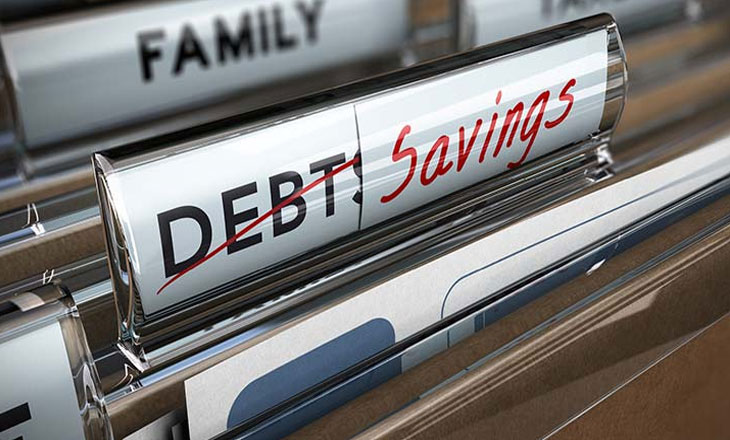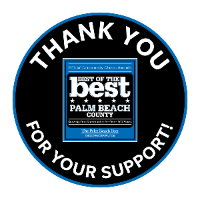Not a Member? Join us today!
It's easy to join! Apply for your lifetime Membership with iTHINK Financial in about 10 minutes.
MEET WITH US ON YOUR TIME
Schedule an in-branch or phone appointment at a time convenient for you.
Featured Products
You can turn to iTHINK Financial for the right solutions to all of your financial needs!
Should I Pay Down Debt First or Set Aside Money for Savings?
By: iTHINK Financial | Jan 23, 2018

How to Eliminate Your Debt and Build an Emergency Savings Fund
When setting yourself up for a better financial future, what’s more important: getting out of debt or building up your savings?
Putting extra income towards building your savings means you’ll be prepared for just about anything.
But, if you carry significant debt, it also means accruing more interest as you chip away at high-interest balances with minimum payments.
On the other hand, making extra payments on high-interest loans can save you hundreds or even thousands
of dollars over time. However, if you’re on a budget, it may not be possible to contribute to savings while paying down your debt. If the unexpected does happen, you may rack up even more debt to cover emergency expenses.
So, where do you begin?
Although there’s no one-size-fits-all approach to managing your personal finances, especially when it comes to paying down debt and adding to your savings, the most important, and often hardest, step is getting
started.
Here are seven steps you can take towards financial freedom by striking a balance between repaying debt and building up an emergency savings fund.
Step 1: Crunch the Numbers
Before setting your game plan, you need to know where you stand—how much money do you have and exactly how much do you owe? Dig into your checking accounts, savings accounts, retirement plans, investments and between the couch cushions to find out exactly how much money you have to your name. Then, audit your debts, including credit cards, car loans, student loans, mortgage, medical bills and any other balance you carry. Note the interest rate you’re paying on each amount, you’ll need it later.Step 2: Create a Budget to Meet Your Financial Goals
Whether you want to use a budgeting app or good old paper and pen, creating a budget with your financial goals in mind is key in meeting milestones. First, you’ll need to know exactly how much you or your household (if you’re combining your finances) bring in each month. Next, add up your required expenses, including utilities, insurance, food costs, transportation, etc. Some of your debt, like your mortgage or car payments, may fall into this category. Use these numbers to calculate how much you’ll have left over every month after paying all necessary bills to put toward either savings or debt repayment.Step 3: Set an Initial Savings Goal
If your savings account holds less than $1,000—or if you need to open a savings account to begin with—you’ll want to focus there first. Set a savings goal to aggressively work towards while making minimum payments on your debt. For many, $1,000 is a reasonable amount to start with, but that amount may vary from person to person.Step 4: Lower High-Interest Debt
While you’re working on your initial savings goal, there are steps you can take to cut back on interest. Go back to your list of debt balances from step one and find the account with the highest interest rate. Can you transfer that balance to another account with a lower rate? Can you negotiate a lower rate by calling your lender directly? Consolidating your debt won’t make it magically disappear, but it can save you a fair amount on interest.
Taking the Next Financial Steps
With your high-interest rate debt eliminated and an emergency savings account ready when you need it, it’s time to set new financial goals. From saving for a family vacation, to paying off your student loans or setting yourself up for retirement, it’s up to you to decide what to put your income towards based on your vision of the future. And, if you need a little help, contact a financial advisor to come up with a plan that fits your goals and lifestyle.
Upcoming Events
Check out the upcoming events happening at iTHINK Financial.
Quick Pay and Skip-A-Pay
Make a loan payment or skip your upcoming loan payment without logging in to Online Banking!





